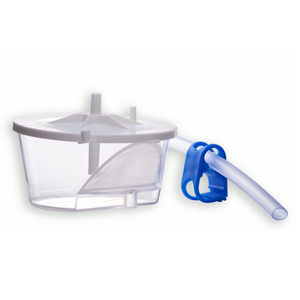The Relevant Things You Need to Know About Bovine Flush System
What do you know about the bovine flush system? It is a part of an embryo transfer. It is an advanced reproductive tool that allows you to produce more young ones from an elite cow, extending the outstanding cattle genetics.
How Does Embryo Transfer Involve?
An embryo transfer involves a specific hormonal treatment known as a follicle-stimulating hormone. This hormone is transferred to the donor cow, which makes her reproductive system ovulate multiple eggs rather than just one. Then, donor cows are bred by artificial insemination, and the eggs transform into fertilized embryos. After seven days of insemination, the embryos are flushed or non-surgically collected from the donor cow's uterus. The embryos will either be frozen until future use or transferred to a recipient cow.
The role of a recipient cow is to work as a surrogate mother by getting the flushed embryos from the donor cow, which has been implanted into her uterus. She, too, has been treated with FSH to be hormonally synced for a good embryonic transfer. In case the embryos are not properly transferred, they can be cryo-preserved in liquid nitrogen. They will remain there in nitrogen storage vessels for future use. It takes approximately sixteen days from when the donor cow starts with FSH until the veterinarian arrives to complete the embryo's procedure. An embryo flushing procedure is done on a donor female every 28-60 days using a bovine flush system. The average number of transferable embryos per flushing is five to six, but it can be more or less.
When it comes to embryo collection, it is performed on day 7 of the cycle when the uterine stage embryo can be recovered. Prior to the embryo collection procedure, the donor cow is palpated. The response of the ovary to the superovulation treatment is noticed by palpation per rectum and ultrasonography to figure out the number of corpora lutea in the ovaries. Early detection of presumptive follicular cysts helps develop hormonal treatments after the embryo collection procedure to resolve the cystic condition.
At SPI-MFG, we offer various tools for animal fertilization, including a maxi filter with bovine tubing and a bovine flush system at affordable prices.
Briefly Put!
If your cow cannot produce offspring, use a bovine flush system. With it, you will enable your cow to produce its young one without any side effects.
.jpg)


Comments
Post a Comment